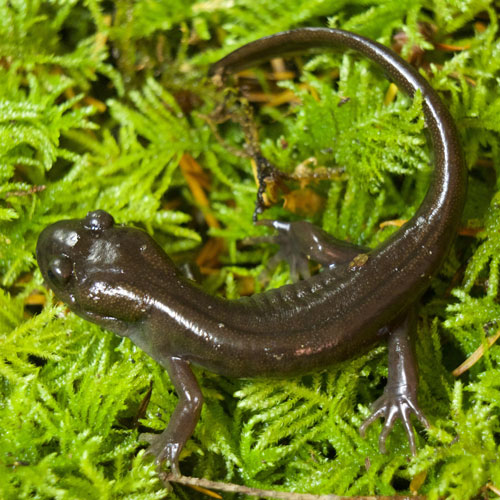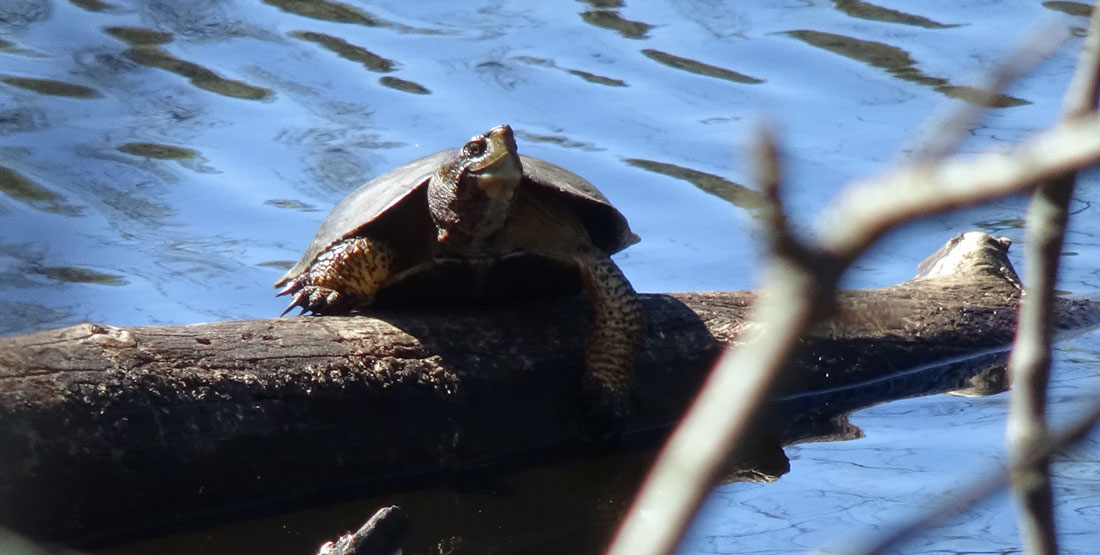Fast Facts
Where they live
- View a map of where they live
- Western pond turtles can be found along the coast of Washington, Oregon, and California.
- Prefer sheltered aquatic habitats, like undercut banks, submerged vegetation, rocks, logs, and mud banks, but can adapt to many other kinds of habitats, including slow-moving rivers and streams, lakes, wetlands, ponds, and even sewage treatment plants, especially during summer and winter
- Can also be found in habitats higher up on land
What they eat
- Western pond turtles can feed on a wide variety of animals, including aquatic insects, grasshoppers, flies, beetles, fish, worms, crustaceans, and amphibians.
- Although not as common, they can also feed on aquatic plants.
Breeding
- Sometime between late May and mid-July, females dig a nest in an area of dry soil and scattered vegetation.
- After laying 3 to 13 eggs, they fill the nest with vegetation, dirt, and lastly wet soil.
- The young hatch after around 90 to 130 days.
Cool Biology Facts
- Western pond turtles cannot swallow food in air, only in water.
- Western pond turtles are very shy and will often retreat into the water at the slightest disturbance.
Threats
- Western pond turtles are more abundant in Oregon and California than they are in Washington, where they are considered endangered. Their numbers are decreasing throughout their range. Habitat loss and predation of eggs and young by introduced species, like largemouth bass and American bullfrog, are their main threats.

Amphibians & Reptiles of Washington
Do you know where rattlesnakes live in our state? Or which salamander breathes through its skin? Explore the fascinating diversity of the 26 species of amphibians and 28 reptiles found in Washington state.

